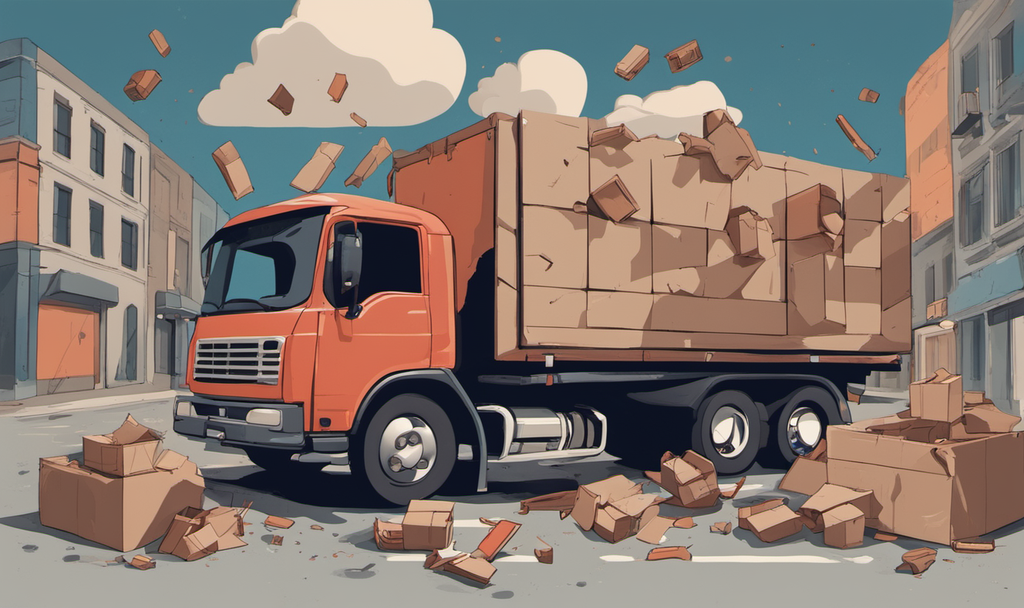Cold chain logistics: Ensuring the safe transportation of perishable goods

1. What is cold chain logistics?
Cold chain logistics is a set of activities aimed at maintaining a specific temperature for goods that require constant cooling. This includes fruits and vegetables, meat and dairy products, seafood, pharmaceuticals (such as vaccines), as well as flowers, which also require temperature control to stay fresh longer.
Temperature ranges: Depending on the type of product, different temperature regimes are supported. For example, vaccines are often stored at temperatures between +2°C and +8°C, while frozen products may require temperatures as low as -20°C.
Example: The transportation of floral products from South America to Europe requires not only fast delivery but also maintaining a temperature range of around 0-5°C to ensure the flowers do not lose their freshness.
2. Key stages of cold chain logistics
Cold chain logistics is a complex process consisting of several critically important stages. Violation of any of them can lead to product spoilage:
Production and packaging: At the production stage, it is very important to properly package the product using isothermal materials that maintain the temperature.
Warehousing: Goods are stored in special chambers in warehouses that maintain a stable temperature. Sometimes, multi-level control systems are used so that if one device fails, the others can maintain the necessary conditions.
Transportation: Special refrigerated trucks and isothermal containers maintain a constant temperature during transportation. It is important that all temperature and humidity requirements are met at every stage—from loading to delivery.
Last mile: This stage is especially important for delivery to the end consumer, as even the slightest temperature fluctuations can lead to product spoilage.
3. Why is cold chain logistics important?
Ensuring high-quality cold chain logistics is critical for companies dealing with temperature-sensitive goods. Failure to comply with temperature regulations can have serious consequences:
Loss of goods: Even minor temperature deviations can lead to spoilage of products. Food can lose its freshness, and medicines can lose their properties.
Negative consequences for reputation: Failure to comply with transportation standards can lead to customer dissatisfaction and loss of trust in the company.
Financial losses: Damaged goods are not only material losses but also additional expenses for re-delivery or refunds to customers.
Karam Al Arab understands all these risks and offers solutions that minimize the likelihood of cold chain-related issues.
4. Technologies and Innovations in the Cold Chain
Modern technologies play an important role in ensuring the stability and reliability of the cold chain. Here are some innovative solutions that help make this process more efficient:
Digital monitoring: Using sensors for real-time temperature monitoring. Sensors are installed in containers or refrigerated units, and the information is sent to a centralized system, allowing for the monitoring of any deviations and quick responses.
Satellite tracking: GPS technology not only helps track the location of vehicles but also predicts delivery times, allowing for more precise operation planning.
Smart packaging materials: The use of the latest packaging technologies, such as vacuum packs and gel cooling elements, helps maintain temperature for longer without the need for frequent use of refrigeration units.


